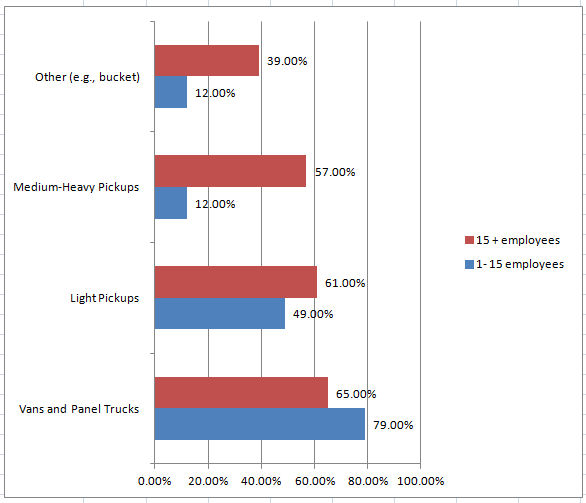Value of June Building Permits Drops 2.3% from May
Aug 13, 2018
In June, Canadian municipalities issued $8.1 billion worth of building permits, down 2.3% from the previous month. The decline was the result of lower construction intentions for residential buildings, following a strong May.
Residential sector: multi-family dwellings account for majority of the decline
In the residential sector, municipalities issued $5.2 billion worth of building permits in June, down 5.7% from May. New Brunswick was the only province to post an increase.
The value of multi-family dwelling permits dropped 8.0% to $2.8 billion in June. This followed a record high of $3.1 billion the previous month. The decrease was led by Alberta, where municipalities issued permits for 865 fewer units in June than they did in May. British Columbia (+2.1%) was the only province to register an increase.
The value of permits in the single-family dwelling component was down 2.9% to $2.4 billion in June. Six provinces posted declines, with Ontario (-$37 million) accounting for slightly over half of the drop.
Municipalities approved the construction of 19,111 new dwellings in June, down 10.5% from May. The decline was mainly attributable to a 14.3% drop in multi-family dwellings, to 13,667 new units. The number of new single-family dwellings increased 0.8% to 5,444 new units.
Non-residential sector: all components register gains
The value of building permits in the non-residential sector rose 4.6% in June to $2.9 billion. Increases in Alberta and Ontario more than offset the declines in six provinces.
In the institutional component, the total value of permits was up 16.3%, to $609 million. This gain followed four consecutive monthly declines. Eight provinces registered increases, led by Ontario and Newfoundland and Labrador.
The value of industrial permits rose 5.3% to $603 million, a third consecutive monthly increase. The gain in June was largely the result of a few high-value permits issued for agricultural and manufacturing buildings in Ontario.
Meanwhile, in the commercial component, municipalities issued $1.7 billion worth of permits, up 0.8% from May. The increase was the result of higher construction intentions in Alberta (+$94 million), which offset the small declines reported in every other province except Prince Edward Island.
Provinces and census metropolitan areas: Quebec reports declines in all components
The total value of building permits was down in six provinces in June, with the largest decline in Quebec. Meanwhile, construction intentions were down in 20 of the 36 census metropolitan areas (CMAs). In particular, Toronto and Calgary reported notable declines following strong numbers in May.
In Quebec, the value of permits fell 8.4% to $1.4 billion in June, as each component declined. This marked the third consecutive monthly decrease for the province. Five of the six CMAs in Quebec were down, the exception being Saguenay (+34.9%). The CMA of Québec reported $70 million worth of building permits in June, its lowest value since January 2006.
Conversely, Ontario issued $3.3 billion worth of building permits in June (+$43 million). The gain was the result of higher construction intentions for industrial and institutional buildings. Barrie reported the largest increase of the CMAs, issuing $105 million worth of building permits. The increase in Barrie mainly reflected higher construction intentions for residential dwellings.
Second quarter 2018
The value of permits fell 1.8% to $24.3 billion in the second quarter, following a 2.4% rise in the first quarter. Despite the decline in the second quarter, the year-to-date value was $2.0 billion higher than the value of the first two quarters of 2017.
The value of permits in the residential sector decreased 0.3% in the second quarter to $15.8 billion. An increase in the value of permits for multi-family dwellings (+$377 million) almost offset a decline from the single-family dwelling component (-$420 million). In the non-residential sector, declines in the institutional and industrial components contributed to a 4.6% drop in the second quarter, while the commercial component rose slightly.
Source: Statistics Canada, www150.statcan.gc.ca/n1/daily-quotidien/180808/dq180808a-eng.htm











